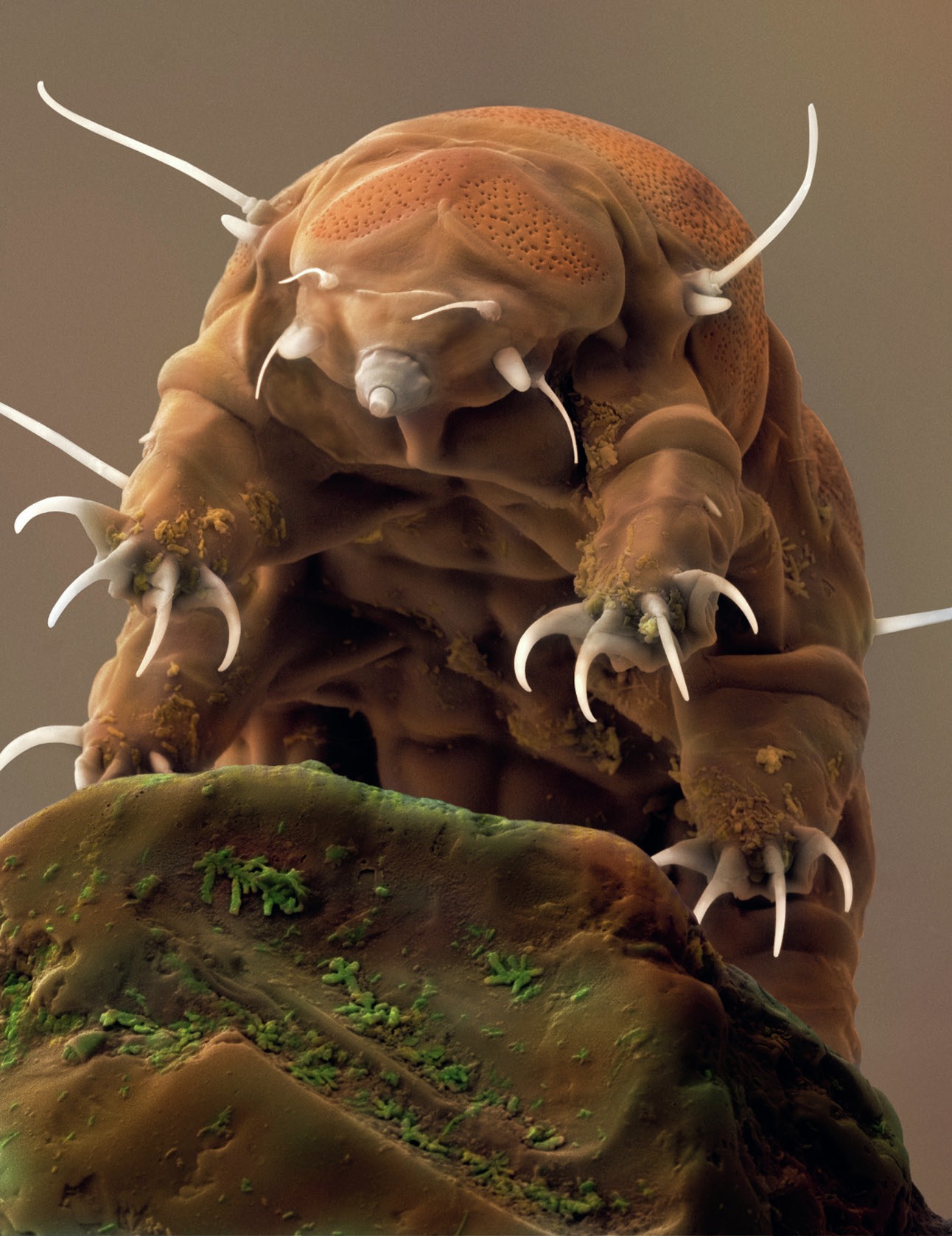
11 April 2019. The clock crept towards midnight in Yehud, Israel. As staff at the Israeli Aerospace mission control gazed at their monitors, they were in confident mood. The first privately funded moon mission, Beresheet (Hebrew for ‘in the beginning’), had started well – the voyage to the moon had been uneventful. Seven weeks earlier, blasting off from Cape Canaveral on a Space X rocket, the team had no inkling about the ecological controversy that was about to unfold.
The mission’s primary purpose was to land on the moon, conduct measurements of the moon’s magnetosphere and, by relaunching and relanding, attempt a relocation. Part of the lunar lander’s cargo was a time-capsule. Among the 30 million pages of the capsule’s digital information were copies of the Tora, children’s drawings and memoirs of holocaust survivors, all funded by the Arch Mission Foundation. Perhaps more bizarrely, part of their payload was biological – human DNA in the form of blood and hair samples, together with tardigrades – in a dehydrated state and encapsulated in plastic. They were probably included as part of the Foundation’s stated goal to create a ‘backup’ Earth.
Your organisation does not have access to this article.
Sign up today to give your students the edge they need to achieve their best grades with subject expertise
Subscribe




